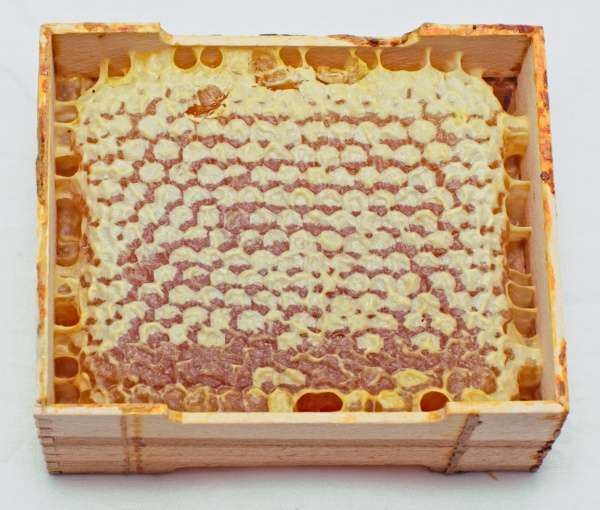Facts About Honey
Honey is a sweet, viscous substance produced by honey bees from plant nectar or insect secretions. Bees collect nectar, then ingest, digest, and store it in wax honeycombs. The primary sugars in honey are fructose and glucose, which impart its characteristic sweetness. Thanks to its low water content and natural acidity, honey can remain unspoiled for millennia. It’s an excellent source of energy, providing about 64 calories per tablespoon.
Bees tirelessly gather nectar and honeydew, converting these into honey and storing it as food. Humans have been beekeeping for thousands of years to harvest this delectable product. The process involves collecting honey from wild colonies or beehives, then extracting and filtering it. Preservation methods such as pasteurization or crystallization often follow.
Honey varies in type based on floral source, processing methods, and regional differences. It is available in forms like liquid, crystallized, creamed, or comb honey. It’s incredibly versatile in the culinary world, used in cooking, baking, and beverages. Honey is also fermented into mead, or honey wine, one of the oldest known alcoholic drinks.
Nutritionally, honey consists mainly of carbohydrates (predominantly fructose and glucose), with negligible amounts of fat, fiber, and protein. The sugar profile, color, aroma, and flavor of honey depend on the flowers visited by the bees. Beyond culinary applications, honey has been used in traditional medicine for wound healing, as a topical antibiotic, and to alleviate coughs. However, excessive consumption or giving it to infants can be hazardous, potentially leading to conditions like botulism or toxic honey intoxication.
Honey has a rich history, with ancient civilizations using it for food, medicine, and religious rituals. It holds significant cultural and religious importance in many societies. Today, honey remains beloved for its unique taste, versatility, and potential health benefits.

 Afghanistan
Afghanistan